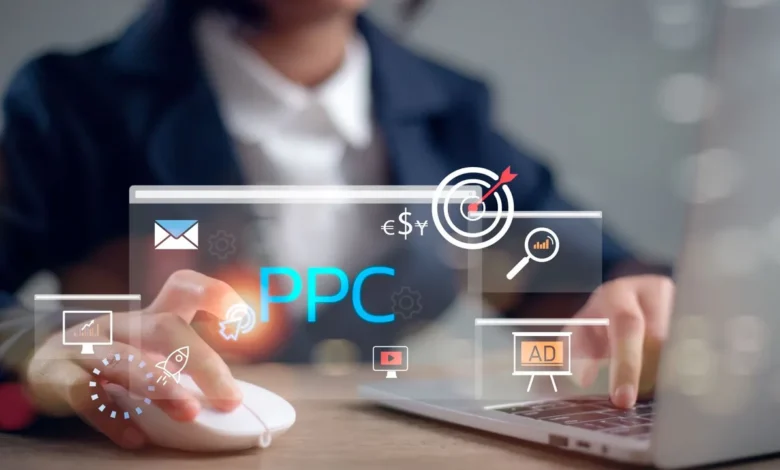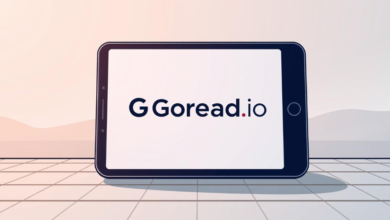Why Smart Marketers Like Paying Per Click, Not Per View

Let’s be real—online ads are everywhere. Open a website, scroll through a game, or watch a video, and boom—ads pop up. Some just sit there, hoping you’ll look. Others are way smarter. They wait for you to actually click on them. And that tiny click? It’s way more powerful than it looks. That’s where the whole idea of CPC comes in—short for cost-per-click.
CPC is one of the most popular ways marketers spend their ad money today. It’s not just trendy. It works. Instead of wasting cash just to show ads to random people, CPC ads only charge when someone shows real interest by clicking. That one move—choosing clicks over views—is what sets smarter marketers apart.
So, What Exactly Is CPC?
CPC stands for “cost per click.” It means advertisers pay only when someone actually clicks on their ad. If the ad is just sitting there and no one clicks? No charge. Simple.
This is way different from CPM, which is cost per thousand views. With CPM, you pay just to have your ad seen—even if no one clicks or cares. That can work in some cases, especially if the goal is to spread brand awareness. But when the goal is real results—visits, sign-ups, sales—smart marketers stick with CPC.
In case you’re curious how to find a good place to start, a CPC ad network helps advertisers get their ads in front of the right people and only charges them when someone actually clicks. It’s a solid option for those who care more about action than just attention.
Why Views Don’t Always Matter
Imagine putting up posters around a city. Thousands of people might walk past them. But how many actually stop, read them, and go to your website? Probably not many.
That’s what CPM ads can be like. Just because something gets seen doesn’t mean it’s working. Views don’t always turn into clicks, and clicks don’t always turn into sales. But at least clicks show someone cared enough to learn more.
Marketers who use CPC are more focused. They want people who do something, not just look. That could mean visiting a product page, signing up for a newsletter, or even buying something. Paying only for those moments makes a lot more sense.
See also: Advanced Techniques in Bookkeeping 5162682003
Every Click Means Something
In marketing, data is everything. When someone clicks an ad, that’s a signal. It shows what kind of headline worked, what colors got attention, what product people were curious about.
With CPC, every click teaches marketers something. They can test two different versions of an ad and see which one gets more clicks. That’s called A/B testing, and it’s way easier when clicks actually matter.
Plus, clicks lead to numbers that matter more—like conversion rates (how many people who clicked actually bought something). It’s easier to track results and see if a campaign is working when it’s all based on actions, not just impressions.
Smarter Budget Control
Let’s say someone has $100 to spend on ads. With CPM, that money could vanish just by showing the ad a bunch of times. There’s no promise anyone will click or care.
With CPC, that $100 goes directly toward people who actually do something. If one click costs $1, that’s 100 real chances to win a customer. Marketers can even set daily budgets and choose how much they’re willing to pay per click. It gives them more control and less guesswork.
It’s not just about saving money—it’s about spending smarter. If one campaign is getting clicks for $0.50 and another is costing $3 per click, it’s easy to compare and shift the budget toward the better one.
It Fits Any Goal
CPC doesn’t just work for big brands with fancy ad teams. It works for everyone—from small online stores to major companies. If the goal is to get someone to take action, CPC is a good choice.
Want more people to check out a blog post? Use CPC. Want new sign-ups on a landing page? Go with CPC. Need to sell concert tickets or promote an app? CPC fits that too.
It’s flexible and easy to track. And because marketers only pay for clicks, it’s low-risk. If no one’s clicking, they’re not wasting money—they’re learning what doesn’t work and adjusting.
Real People, Real Results
One of the best parts about CPC is targeting. Ad networks let marketers choose who sees their ads—based on age, interests, location, and more. That means fewer random views and more clicks from the right people.
For example, someone selling bike accessories probably doesn’t want to pay for people who don’t even ride bikes to see their ad. CPC targeting fixes that. It helps show the ad to people who might actually click—and maybe even buy.
So it’s not just smarter spending. It’s smarter reaching.
The Bottom Line
Marketers who care about results go for CPC because it just makes sense. They don’t waste money chasing views that lead nowhere. They focus on real actions, useful data, better targeting, and more control.
CPC lets them learn fast, adjust quicker, and spend only when someone’s interested. Whether the goal is getting people to visit a site, try a product, or become a customer, paying per click is often the better move.
Let’s Wrap It Up
Here’s the thing—online ads are only useful if they get people to actually do something. And that’s exactly what CPC is built for.
Instead of tossing money into the air and hoping people notice, smart marketers pay when people act. It’s cleaner, clearer, and just plain smarter. Whether someone’s just starting with ads or running a full campaign, CPC gives the best shot at real results without blowing the budget.
So next time an ad pops up and gets a click, just know—somewhere, a marketer made a smart move.




